Maximilian Harl
A Light in the Dark: Deep Learning Practices for Industrial Computer Vision
Jan 06, 2022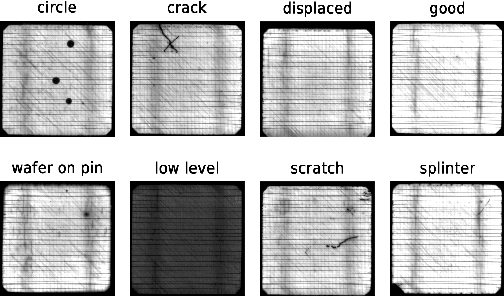
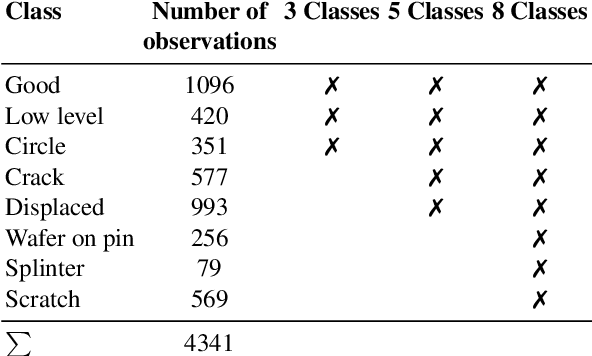
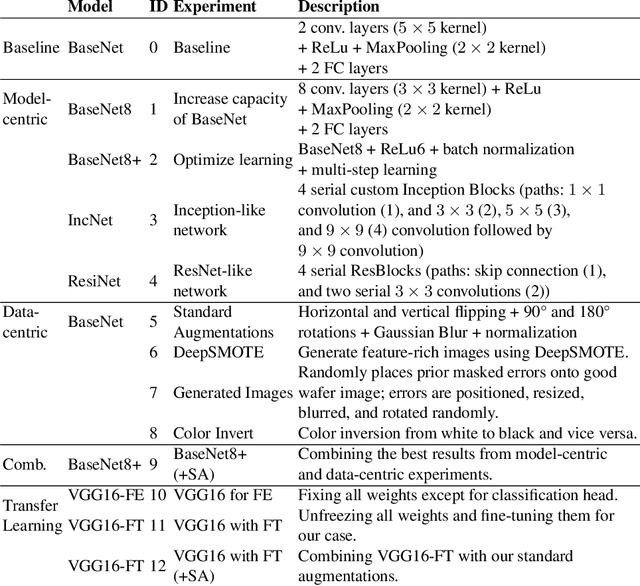

Abstract:In recent years, large pre-trained deep neural networks (DNNs) have revolutionized the field of computer vision (CV). Although these DNNs have been shown to be very well suited for general image recognition tasks, application in industry is often precluded for three reasons: 1) large pre-trained DNNs are built on hundreds of millions of parameters, making deployment on many devices impossible, 2) the underlying dataset for pre-training consists of general objects, while industrial cases often consist of very specific objects, such as structures on solar wafers, 3) potentially biased pre-trained DNNs raise legal issues for companies. As a remedy, we study neural networks for CV that we train from scratch. For this purpose, we use a real-world case from a solar wafer manufacturer. We find that our neural networks achieve similar performances as pre-trained DNNs, even though they consist of far fewer parameters and do not rely on third-party datasets.
A Technique for Determining Relevance Scores of Process Activities using Graph-based Neural Networks
Aug 07, 2020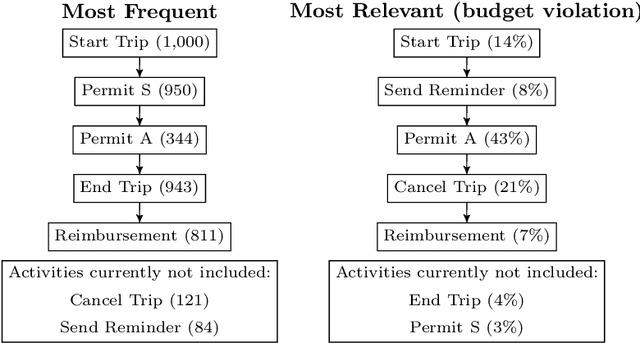
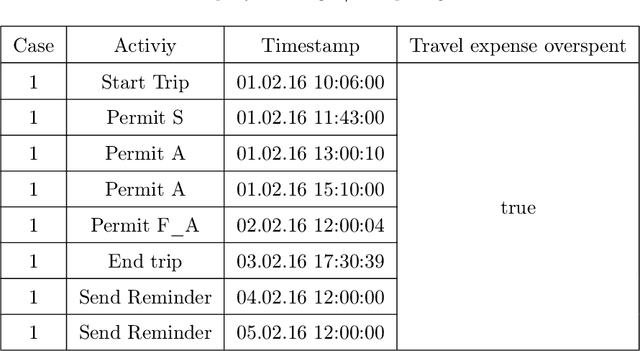


Abstract:Process models generated through process mining depict the as-is state of a process. Through annotations with metrics such as the frequency or duration of activities, these models provide generic information to the process analyst. To improve business processes with respect to performance measures, process analysts require further guidance from the process model. In this study, we design Graph Relevance Miner (GRM), a technique based on graph neural networks, to determine the relevance scores for process activities with respect to performance measures. Annotating process models with such relevance scores facilitates a problem-focused analysis of the business process, placing these problems at the centre of the analysis. We quantitatively evaluate the predictive quality of our technique using four datasets from different domains, to demonstrate the faithfulness of the relevance scores. Furthermore, we present the results of a case study, which highlight the utility of the technique for organisations. Our work has important implications both for research and business applications, because process model-based analyses feature shortcomings that need to be urgently addressed to realise successful process mining at an enterprise level.
 Add to Chrome
Add to Chrome Add to Firefox
Add to Firefox Add to Edge
Add to Edge